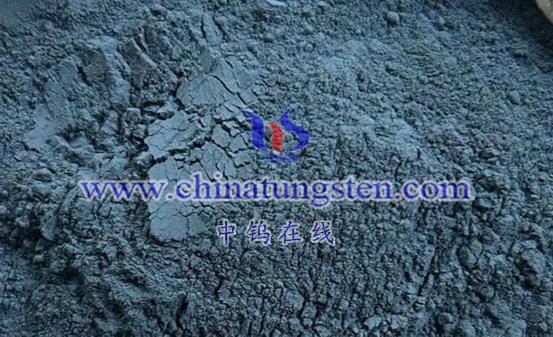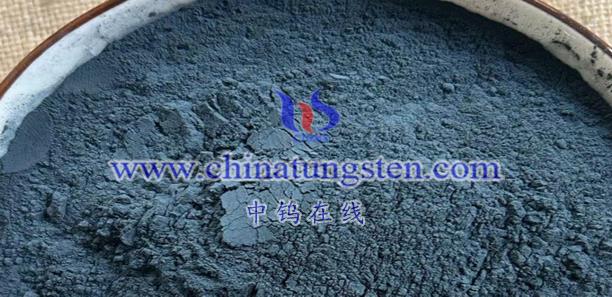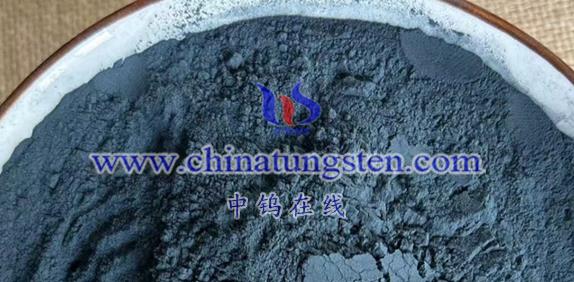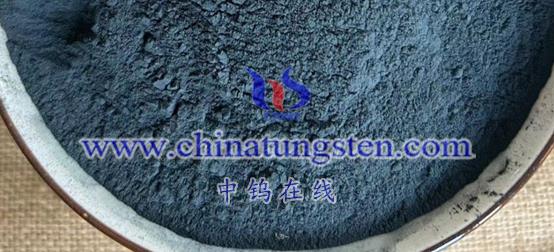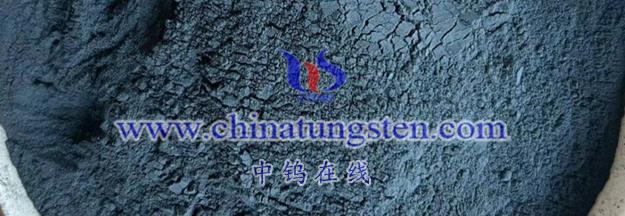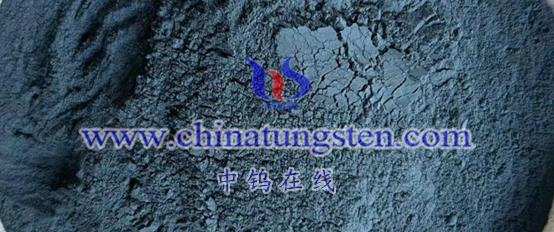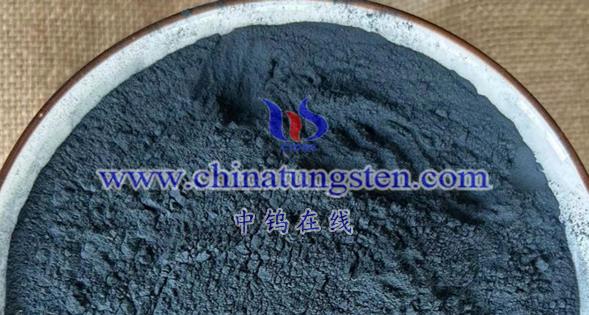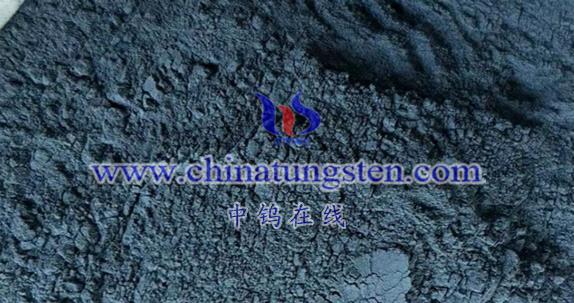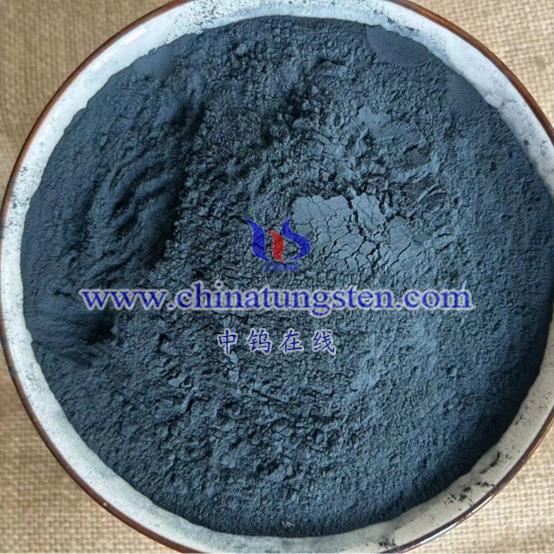
The relationship between oxygen vacancies in tungsten oxide (WOₓ) and its band structure is crucial for understanding the material’s electronic properties and applications. Here’s a detailed analysis of this relationship:
- Impact of Oxygen Vacancies on Band Structure
Formation of Defect Energy Levels
- Defect Energy Levels: The presence of oxygen vacancies introduces new defect energy levels within the band gap, typically close to the conduction band edge. These levels arise from the incomplete coordination of tungsten atoms due to the missing oxygen atoms. This alteration in the band structure changes the electronic transition pathways and energy distribution within the material.
Changes in Band Gap
- Narrowing of the Band Gap: The introduction of oxygen vacancies often results in a reduction of the band gap in tungsten oxide. This is because the vacancies alter the energy levels of the W 5d orbitals, effectively decreasing the energy difference between the valence band and the conduction band. A narrower band gap means that electrons can more easily transition from the valence band to the conduction band, enhancing the material’s conductivity and light absorption properties.
Enhanced Light Absorption Performance
- Improved Light Absorption: Due to the narrowing of the band gap and the formation of defect energy levels, tungsten oxide with oxygen vacancies exhibits significantly improved light absorption capabilities in the visible and near-infrared regions. This enhancement opens up broader application possibilities for WOₓ in photocatalysis, photodetectors, and other optoelectronic devices.
- Mechanisms of Influence on Band Structure
Diversification of Electronic Transition Pathways
- Varied Transition Pathways: In tungsten oxide with oxygen vacancies, electronic transitions become more diverse. In addition to the conventional transitions from the top of the valence band to the bottom of the conduction band, electrons can also transition to the defect energy levels formed by oxygen vacancies. This diversification improves the separation efficiency of photogenerated charge carriers, facilitating reactions such as photocatalysis.
Enhancement of Photocatalytic Activity
- Increased Photocatalytic Efficiency: The presence of oxygen vacancies enhances the photocatalytic activity of tungsten oxide. The narrowed band gap and improved light absorption allow more photons to be absorbed and converted into photogenerated charge carriers. Furthermore, oxygen vacancies serve as active sites that facilitate the separation and migration of these charge carriers, thereby increasing the rate and efficiency of photocatalytic reactions.
- Application Examples
- Photocatalysis: Tungsten oxide containing oxygen vacancies is widely used in photocatalytic applications, such as water splitting and the degradation of organic pollutants. Its superior light absorption properties and photocatalytic activity enable these reactions to occur under milder conditions, yielding higher conversion rates and selectivity.
- Gas Sensors and Solar Cells: Tungsten oxide with oxygen vacancies can also serve as a sensitive material in gas sensors and solar cells. Its responsiveness to gas molecules or photons allows for high-sensitivity detection and efficient energy conversion.
Conclusion
Oxygen vacancies in tungsten oxide significantly influence its band structure by introducing defect energy levels, narrowing the band gap, and enhancing light absorption capabilities. These mechanisms contribute to the improved photocatalytic activity of WOₓ, making it suitable for various applications in photocatalysis, photodetection, and other optoelectronic fields. The understanding of this relationship is essential for optimizing tungsten oxide-based materials for advanced technological applications.
More details of tungsten oxide product, please visit website: tungsten-oxide.com
Please contact CHINATUNGSTEN for inquiry and order of tungsten oxide:
Email: sales@chinatungsten.com
Tel.: 86 592 5129595
